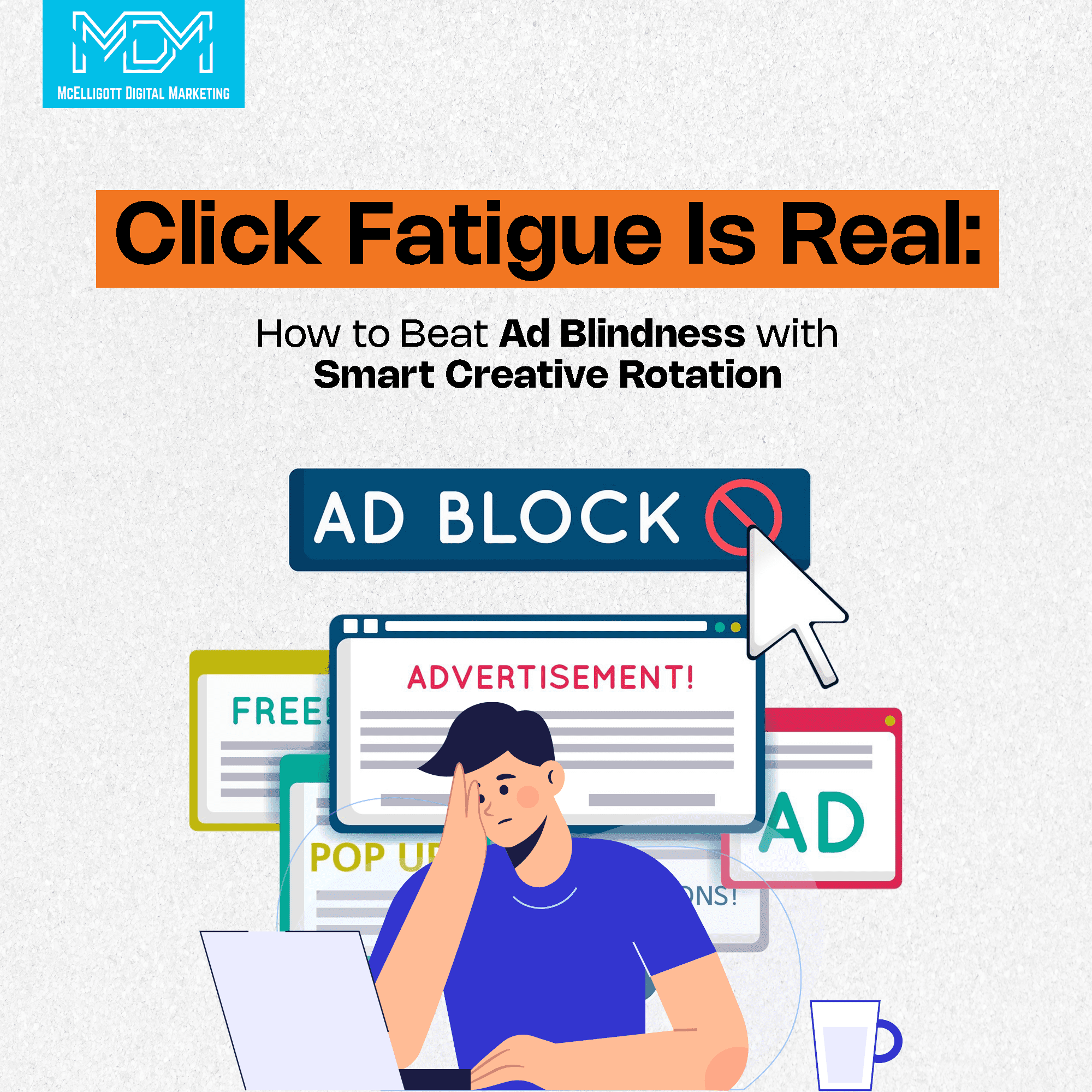A very unhappy 54% of people who participated in a survey claim that they would be more satisfied with changes in the way companies interact with them.
This statistic might scare you a little bit, and this seems like the perfect time to test your website further. Dig deep into customer preferences and understand what they think of the website. Test out the metrics and validate them because you won’t like it if YOUR customers belong to that 54%.
Why?
Because customers who engage with companies owe up to 23% higher share in profits, revenue, and growth of client-company relationships.
It is clear that engaging and periodically analyzing customer engagement metrics is very important for your company’s growth, irrespective of your industry. So here is everything you need to know about website engagement.
How to improve website engagement?
Here are some tried and tested ways to improve website engagement:
- Live chats
Over 67% of customers report preferring self-service rather than talking to a customer representative. And 59% of customers prefer to start looking for other options when brands don’t respond to queries within a minute.
For most medium-sized companies, responding within a minute is impossible. That is for the bad part. Now for the good part, customers have also clearly said what they like. They need a way of self-service.
Now AI-powered chatbots and chat systems are here to aid you in this. Customers are more comfortable talking to chatbots than humans; your company’s growth also reduces human errors in data compilation. And one additional relief is that it takes a lot of burdens away from your customer support teams.
- Focus on that copy
Only 2 out of 10 people read the whole copy of your website. Rest 8 decide if they want to read based on the headline. So make sure that you use optimum designs, subtle yet creative fonts and colors, and induce the right feelings within readers.
Almost 75% of people who participated in a survey have claimed to pay attention to spelling and grammar mistakes in website copies. And here comes the scary part, 59% of people would refrain from doing business with such companies with grammar mistakes.
So make sure to get the basics right first; spelling mistakes and grammar issues are a big no-no. Above that, you can build the genius of perfect copywriting. The right copy should be crystal clear and lead your customer to the next step.
Format your copy by placing vital information in places where the customer is surely going to look. Keep your customers fully aware of the requirements and rewards of their customer journey so that they can keep progressing in it.
- Don’t forget to add social proof
Customers are more likely to engage with you if they trust you. And your best friend in earning that trust is social proof.
88% of buyers are influenced by reviews and social proof of the brand in making decisions on buying a product. Not just this. 31% of customers are happy to spend more on brands with credible social proof.
Imagine what this can do to your revenue.
You can add social proof by adding the number of social shares, followers, testimonials, comments, and so much more.
Social proof works psychologically to earn trust and credibility.
Tips to increase website engagement
There are many tips to increase website engagement. These are actionable and practical.
- Up your personalization game. You should be aware what are the triggers that excite your customers and what slows down their actions.
This might seem easy, but constant monitoring is one of the most underrated and overlooked parts of the website auditing systems. Only when you are aware of the ideal customer will you cater to them more firmly and empathetically.
This is why personalizing and customizing to users is one of the most trusted ways. Talk to one customer so that they can talk to one company.
- Moving through your website should be intuitively guided and easy to follow. This helps in building the overall experience of the customers. Such experience-driven websites are known to perform better.
This makes room for an emotional connection with the company. Such emotional benefits have all rounded pls points for the company.
It helps in brand advocacy, increasing trust, and attracting more customers.
And such intuitively guided navigation is usually based on the past preferences of customers. Over 65% of customers themselves prefer custom-designed engagements with companies based on their past choices.
An emotional bond with customers can help you outperform your competitors by 85% in sales and also win a customer reply which will help you take that number up by another level.
- Incentivize right
Did you know that customers who belong to loyalty programs spend 20% more than other customers?
50% of customers are ready to change their behavior to attain a higher level in their respective loyalty programs. You just need to let them know how you want them to change.
Customers like rewards and savings. You would know that retaining customers is as important as attracting new customers. And one of the best ways to retain customers is by providing them sensible and logical incentives to keep buying from you.
Loyalty programs, reward systems are a tried and tested route.
Old customers are more likely to repurchase, refer your products to more people, and stay in your sales funnel for a more extended time. Your only work here will be to design a customer-friendly route for these customers.
- Reduce page load time
If you think I am stating the obvious here, you are wrong.
Statistics say that a 2-3 second delay in page load time accounts for a rise in bounce rate by 32%.
Page speed is one vital factor in SEO for both mobile and desktop pages, and reducing your page load speed by 5 seconds can increase 90% sales.
Some best practices are using performance-optimized web hosting solutions, compressing and optimizing images, reducing the number of redirects and cache. There are some more solutions to this that industry people follow.
How to measure website engagement
It is super important to be on the top of the measuring game.
It is vital for the sales of the company as well as for customer relationship building. And most successful marketers claim that engagement metrics take up 50% of the overall metric measurements.
These metrics help you determine what works so that you can invest more in areas where you are sure to get the returns.
Here are a few metrics that can sail your boat and make you claim the whole sea of customer happiness and loyalty-
- Sessions– How many times are customers returning back to your page?
You can further customize this to find out which keyword is triggering which customer to open your page, what do your women customer find attractive, or which country finds your content more valuable?
You can further customize keywords and sentiments based on this.
Other metrics like average session duration will tell you how satisfies they are with your content.
- Bounce rate– How many users are exiting your page and going back to google?
This usually happens because the first attractive copies of the website do not make them trust that you will be answering their questions.
Website pages with fewer bounce rates sell more. This is because they are able to persuade the customers that they will receive enough value for the time they will be spending.
- Returning visitors – How many people can remember you when they need a service or product?
Returning visitors belong to that section of your audience who should receive maximum attention from you. They remember you, so with correct incentivizing techniques and better relationship-building strategies, they are more likely to stay there.
In fact, most engagement happens with customers who are in the middle of the end of the sales funnel. That is why it is important to give them a reason to stay there.
- Conversion path – How many pages does it take for them to reach the solution? Are they getting converted or drop off at a particular stage?
This is one of the most important metrics as it helps you identify potential friction involved in particular stages of the buying journey.
Metrics like pages per session, i.e., home many pages a buyer needs to open before landing at the solutions, is useful here as it tells the number of steps involved in converting the audience.
- Goal conversion- Every company will not have the same desired CTA. And monitoring various CTAs is hard.
So pick up one thing that you would need your customers to do, it might be subscribing to a newsletter or setting up a free call, and closely monitor that one event.
Gradually increases this goal. One goal would give you other important metrics as well, but the one non-negotiable CTA should always be taken care of.
Conclusion
Website engagement is one of the easiest and powerful ways to retain customers, attract new ones and hence improve revenue. Hence you should not ignore these tips.





